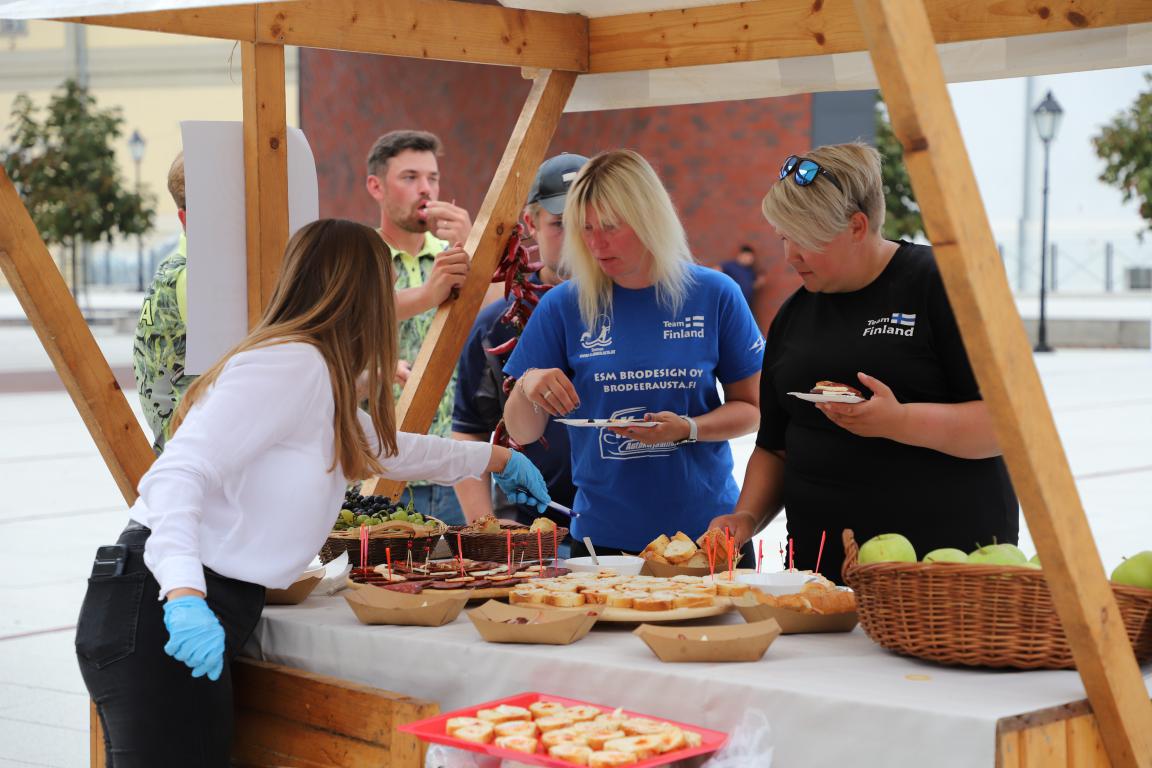Eventful Slavonia and Baranja: World Fishing Championship in Osijek
September 11, 2022 - On Thursday, 8th September, the 68th World Fishing Championship of the discipline "fishing with a hook on a float" was officially opened with a ceremonial parade of all participants. The competition trails are located on the water surfaces of Stara Drava near Bilje and Topoljski Dunavac in the municipality of Draž.
The championship is organised by the International Sport Fishing Federation for Freshwater Fishing (FIPS), and is hosted by the Society of Sports Fishing Associations of Baranja. 33 countries of the world are participating in this year's competition, and each team has five fishermen. Thus, in the area of Osijek-Baranja County, more than 500 participants, coaches and supporting staff, and another hundred judges and official staff are participating in the championship. The competition tracks are located on the water surfaces of Stara Drava near Bilje and Topoljski Dunavac in the municipality of Draž.
Osijek-Baranja County
The championship was officially opened by the technical director of the International Sport Fishing Federation for Freshwater Fishing Roland Marcq, who especially greeted the fishermen from Ukraine.
The representative of the President of the Croatian Government was Deputy Prefect Josip Miletić, who expressed his belief that the participants of the competition will carry everything they experience in Osijek-Baranja County with pride in their hearts.
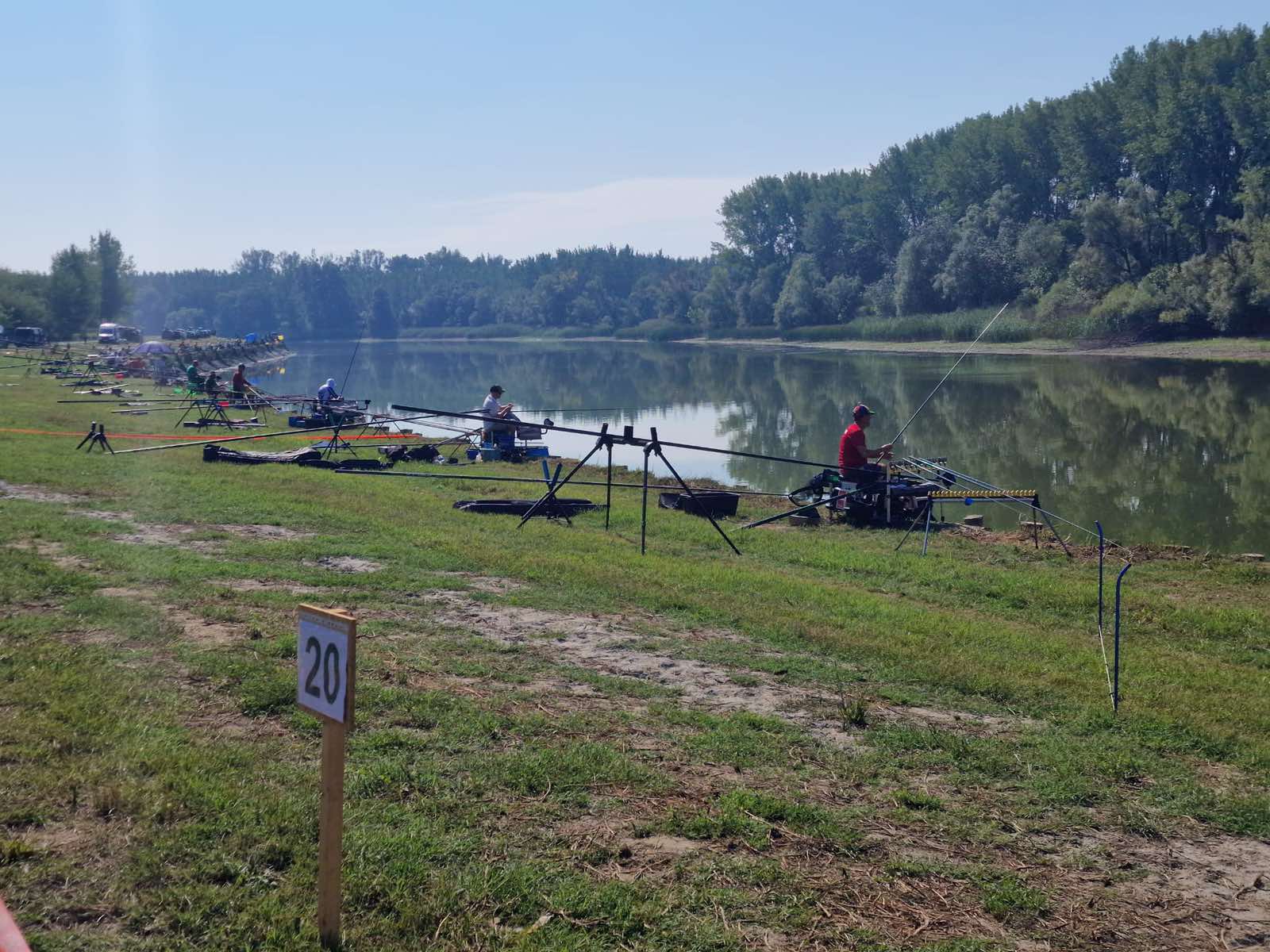
Osijek-Baranja County
"It was not easy to prepare the trails, but I hope that you are satisfied with the conditions and that you will take away nice experiences, and the Osijek-Baranja County continues to financially and organisationally support all major sports competitions, recognising their importance for the wider community", said Miletić with a fisherman's greeting "successfully and clearly".
"This year, 10 more countries gathered than at last year's competition in Italy, and we have been waiting to become hosts for five years," said Anđelko Martinčević and added that Hrvatske Vode invested HRK 4 million in the renovation of the trails, and Hrvatske Šume more than 250,000 kuna for the renovation of greenhouses.
For more, make sure to check out our dedicated Lifestyle section.
Down Drava River in a Boat - a Unique Experience!
Međimurje is the northernmost region in Croatia, quite clearly separated from the other areas by the Mura River (to the neighbors on the North, Slovenia, and Hungary) and the Drava River to the South (where it marks the "border" between Međimurje, Zagorje and Podravina).
The Drava River, the south border of Međimurje is one of the very significant Central-European rivers and is the 5th largest tributary to the Danube river.
It originates in Italy and flows through Austria, Slovenia, Croatia, Hungary, and it flows into the Danube at the border with Serbia. If you were to look at a map of the Drava, one of the things you'd notice is that there are a lot of lakes in its path. Many of those are the artificial lakes created to maintain the water levels for numerous hydroelectric power plants located on the Drava - and the three largest plants are located in Croatia - in Međimurje.
I got the chance to spend the day in Donje Međimurje (Lower Međimurje), which is the Eastern part of the region, in a village called Donji Vidovec, close to one of the lakes and the Hungarian border. We were treated by the Međimurje County vice-prefect Josip Grivec (who is from Donji Vidovec) and municipality head Josip Matulin, as they arranged for us to take a boat ride down the old Drava riverbed.
Obviously, with the accumulation lakes and hydro powerplants, the regulation of the water levels is paramount, so new channels were built to make the control of the river as easy as possible. However, the old riverbed still exists, and if you're very, very lucky, you can visit this oasis of peace and quiet on a boat.
Our hosts, including our captain Zlatko from the Moto-Nautical Club "Vidovski Zlatari," told us the story of the gold prospectors on the Drava river. You can read more about that tradition in a previous story on TCN; I'm sad to report that Mr. Matej Horvat has since passed away.
We saw the sights and sounds rarely seen by tourists or anyone rather than the local people for whom the river is still a part of their everyday life. The river is mostly quite calm, but some of its tributaries had a bit more force and faster water. We saw numerous birds (I quickly forgot most of their names, except that there were obviously swans, ducks, and huge grey herons), we didn't see the beavers themselves, but we could clearly see the results of their hard work. We got stuck in the shallow water once (that might or might not have been intentional), had drinks at the paintball center Pozoj and experienced the river at its finest on a fantastic, sunny autumn day.
It's not a highly commercialised tourist product, but if you ever find yourself in the region, make sure you ask the people of the Vidovski Zlatari Club how you can treat yourself to a similar excursion. You won't regret it!
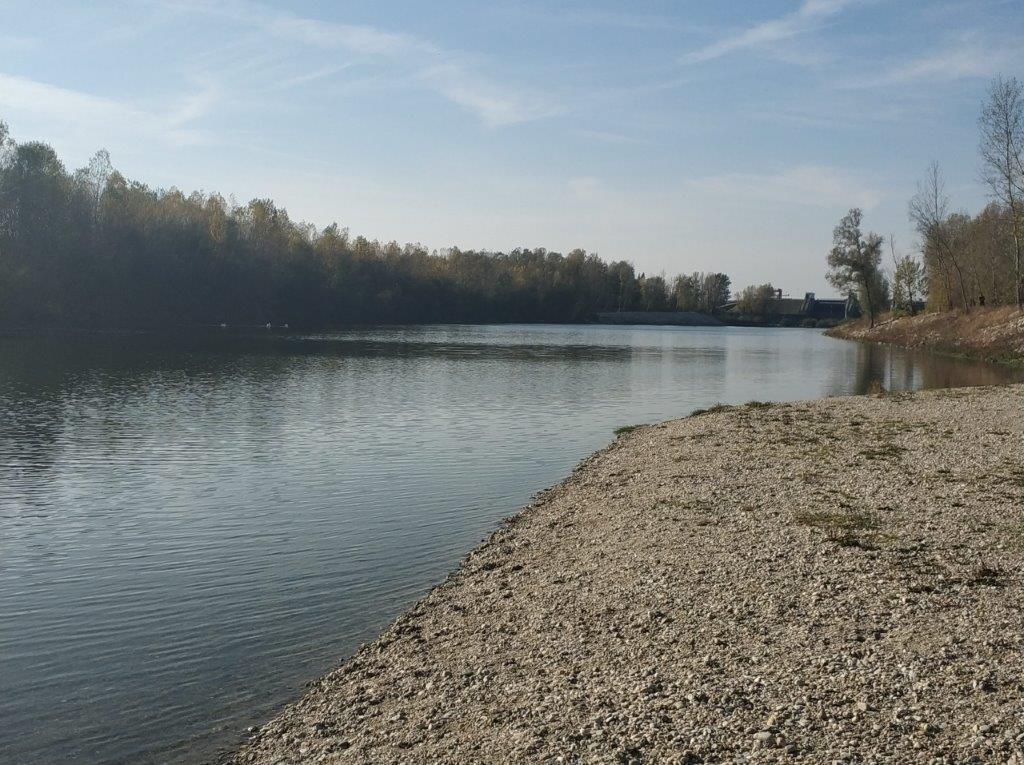
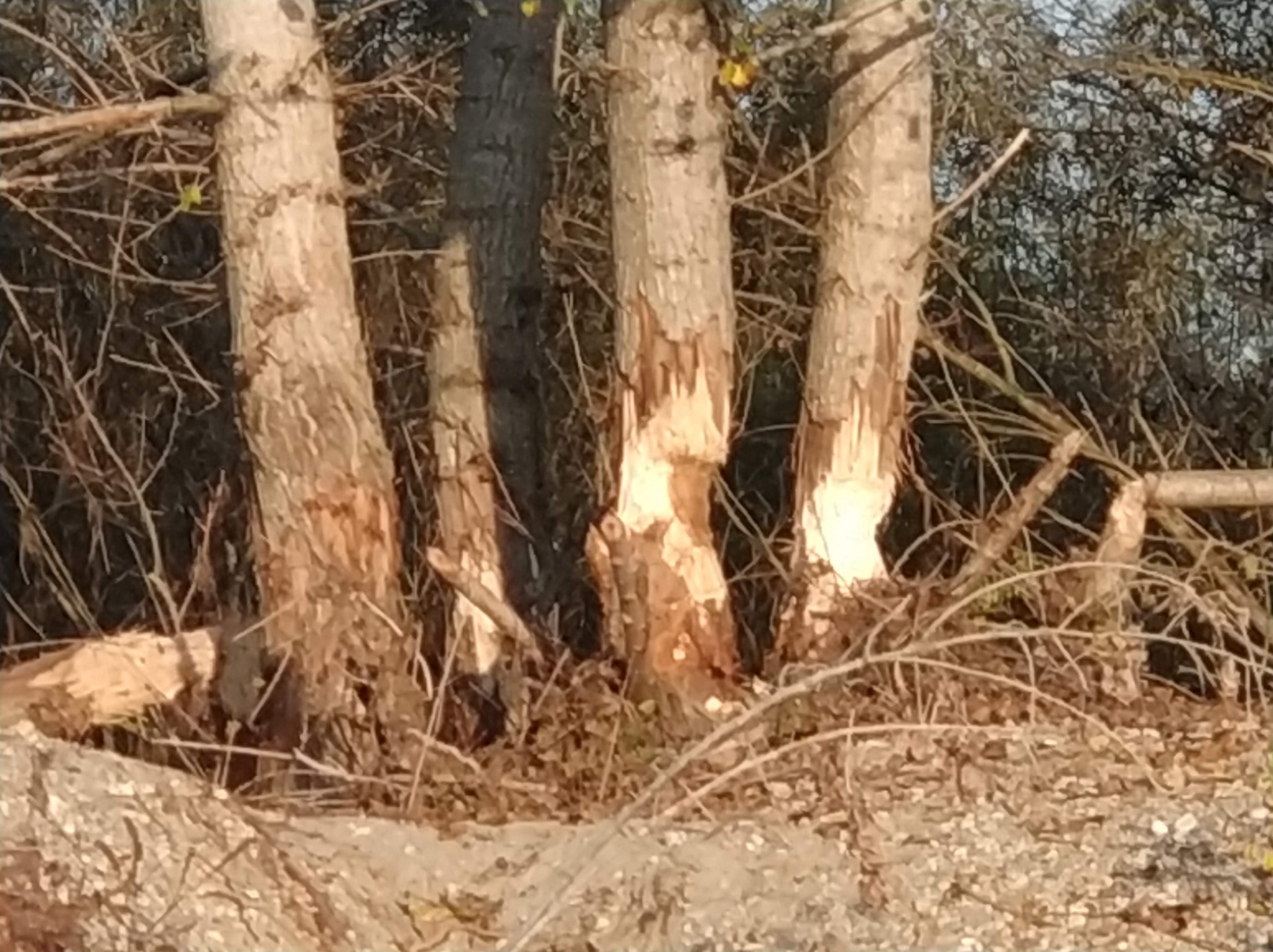

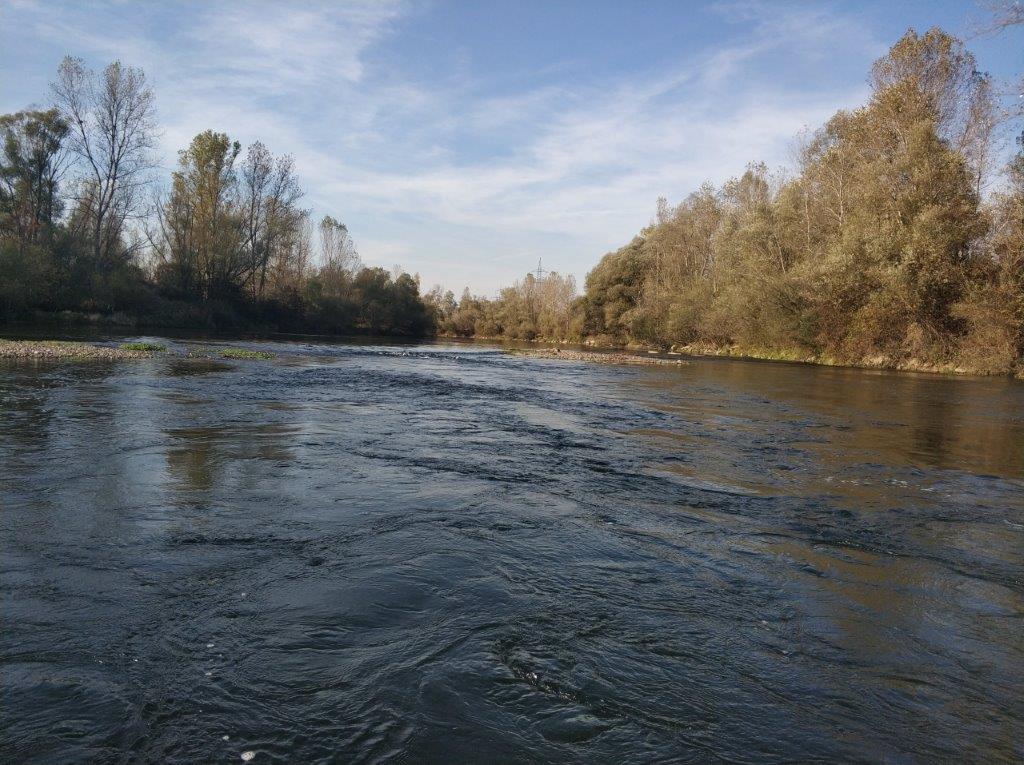
Aged 94, Meet Croatia's Last Surviving Gold Prospector on the River Drava
TCN headed to Croatia's smallest county on October 16, 2016, and met Mate Horvat, the last living piece of Croatia's gold prospecting history on the River Drava. And he put on quite a show.
He is I think the most impressive man I have met this year.
He waited patiently for the emerging media pack, some 20 in all, the first of two groups of journalists who had come to see how he performed a dying tradition on the banks of the River Drava that he himself had started way back in 1937 at the tender age of 15. What struck me about him was his sense of calm and contentment with life, showing an agility and coherence that belied his 94 years.
His name is Mate Horvat, the last surviving gold panner of the 'Croatian Colorado' on the banks of the River Drava.
.jpg)
Yes there we go again. Just when you think Croatia can no longer surprise, a visit to a gold panning region. Not much gold prospecting these days since the introduction of hydro plants on the Drava in the 1950s, which resulted in a significant reduction of gold deposits in the sand on the riverbed. The last large organised gold panning there was in 1953, by which time Mate Horvat was a veteran.
These days, it is possible to enjoy the experience of what it had been like with a pleasant tourist train taking tourists 1.5km through the corn fields to the Drava, which glistened in the mid-October sunshine. The appearance of Mate Horvat is not a usual one, and the task for tourists is undertaken by local association 'Donji Vidovec', who keep the tradition alive for visitors to Medjimurje today. Check out the video below to watch the whole process in action.
.jpg)
We were privileged to be hosted by the true expert, who refused to be hurried in his explanations, before answering all questions with patience, and then showing enviable agility for a man of his age in demonstating the process.
.jpg)
At its height, Mate would find himself with up to 200 people at a time panning on the river. They worked the board in twos, and the days were long and rarely rewarding. Nobody got rich in the Croatian Colorado...
.jpg)
The first step was to shovel some of the sand and gravel onto the slanting board. Gold concentrations were apparently ranging from 2.5 to 14.4 mg/m3. There is a document from the 17th. century which says that the Austro-Hungarian Emperor Leopold took in 1671 from the treasury of Petar Zrinski 41.5 gold coins made from gold which had been panned from Drava. Empress Maria-Theresa gave in 1766 a charter to a family in Donji Vidovec by which they acquired rights to gold-panning. The same village organized a cooperative for panning gold and for agriculture in 1946.
.jpg)
The method changed little over the decades and centuries.
.jpg)
Mate was an expert, working quietly and efficiently.
.jpg)
The next step was to wash the gravel and sand on the board, much of which would wash away. The gold is heavier and clings to the threads of the board.
.jpg)
We asked Mate what his biggest ever haul was in a single day, and he fondly remembered a whole 15 grammes in one shift, which he sold for 42 Yugoslav dinar a gramme. Nobody could figure out how much that was, but in today's high gold priced society, it would fetch about $600 on the open market, although one suspects that gold panners on the Drava were not getting the best global prices - while some of the gold went to the local town of Donji Vidovec, more went to Hungary and the most to Belgrade.
.jpg)
Next step is to brush down the board to get rid of more excess debris.
.jpg)
Before separating the rest onto a smaller board.
.jpg)
Which was then carefully washed in the river.
.jpg)
Leaving some sand and hopefully, some grains of gold. We were out of luck that day (we only had 20 minutes for the whole show), but the gold is then extracted by adding mercury, which bonds to the gold. It is put in a linen cloth and squeezed which gets rid of some of the mercury, and the rest is burned away, leaving the gold specks bonded together.
.jpg)
Perhaps the group following us would have more luck...
.jpg)
It was a delighful spot, and the tourist offer comes with the option of a boat ride down the river.
.jpg)
Mate had his trusty tools for the job, just in case.
.jpg)
And any disappointment that we did not become instant millionaires was somewhat mitigated when Mate magically produced 10 grammes he had panned earlier.
.jpg)
A delightful experience, a lovely man, and one more mystical tradition in fascinating continental Croatia. With thanks to Gastronaut and the Medjimurje Tourist Board for organising the visit.
With thanks to Marija Baric for the video of Mate in action, above.


